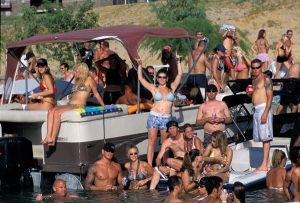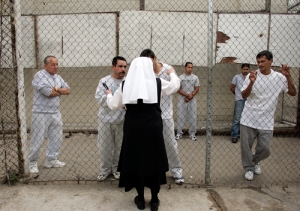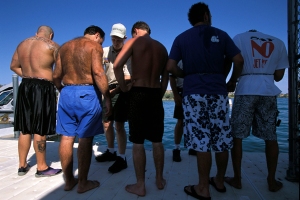A friend of mine and I were laughing the other night when we started talking about the similar requests we get. Corrado does beautiful retouching in Photoshop for high end clients and I shoot images for a variety of publications and eventually license those images to others on an as needed basis. We both receive requests on a regular basis that start with one of the following:
- “We’re a start up with no budget but we’d like to use your image……..”
- “We’re a non profit with no budget but we’d like to use your image……”
- “We’re a small company with no budget but we’d like to use your image….”
- “We’d like rights in perpetuity, all media, worldwide but we don’t have much of a budget…..“
Now, I can’t speak for Corrado, but I figure it’s time to post something about the basics of intellectual property. First, let me start by saying (or, maybe, yelling) that INTELLECTUAL PROPERTY IS REAL PROPERTY WITH REAL VALUE JUST LIKE THE STEAK YOU BOUGHT AT RUTH CHRIS STEAKHOUSE.
Where does my desire to write about this come from? Today I received a message from a film production company that wants to use the image above in a full length, feature film starring Rob Lowe. But, as happens all too often, the email began with ” I am working on a low budget, independent……..I know our director would like to include your image, but we are in a bit of a cost crunch.”
Cost crunch? Low budget? Then why Rob Lowe? Why ask to license the image for worldwide distribution, in perpetuity (a fancy word that means “forever”), in all media (you know, dvd, film, iPad, streaming, websites) as a Full Frame image (yes, it will fill the movie screen) if you are “low budget” and in a “cost crunch.”
I’ll answer that! Because it’s Economics 101 to try to get everything for nothing. It’s a negotiation. And like all negotiations in which YOU are the buyer and I am the seller, I have my price. What’s my price? Glad you asked……….
The value of my images is based on many factors. If you want to license an image, you select from the “menu” of options that is designed specifically to give a fair price for the type of use you plan for the image. This is no different from opening a menu at Ruth Chris and selecting what you want based on what you can afford. Now, PAY ATTENTION, because this is the key part………only select a license that you can afford! Wow, not brain surgery, is it?
Now, let’s look at it from another perspective. If you go to Ruth Chris Steakhouse and you only have $20, then common sense would dictate that you only order a small appetizer and drink water so that you can pay your bill with the $20. Irrational sense would dictate that you order a appetizer, drinks, Filet Mignon, dessert and coffee and ask if you can just pay $20 because you “……have no budget.” If you don’t think that’s fair then (and this is the beauty of living in a free, Democratic country) take your a– to Wendy’s or McDonalds and order a couple burgers and fries.
A few of the factors that determine a license are listed below. The idea is to create a license that breaks down exactly what you need so that you are not paying for extras (you know, like DirecTV or Time Warner Cable where you license the 300 channels even though you watch about 10 of them):
- Duration of the license. Using an image in perpetuity is costlier than one-time use.
- Geographic location. Securing Worldwide Rights is costlier than North American rights.
- Category: Usage that falls under TV/Film is costlier than Editorial usage.
- Use within the Category: In other words, within Editorial use, Magazine use is usually costlier than a Newsletter.
- What type of media? Consumer magazine, mock up use, trade publication, in house newsletter.
- What size will the image be used? A full page use is costlier than an 1/8 page use. A cover image is costlier than a image used on pg 83.
- Circulation Size (if printed material). A image used in a printed publication with a 2 million print run is costlier than an image with a 200 print run.
These are basic parameters that are put in place for the art buyer to get specifically what they need. It also protects the copyright holder (me) by keeping control of the work and licensing it for specific use. The prices are industry standard prices, not some arbitrary figure I come up with off the top of my head.
Whatever the situation, just remember that if you can’t afford a particular license, then downgrade until you find what you need. I’d love to eat at fine restaurants every night, but I can’t afford to, so I make my selections based on affordability.











